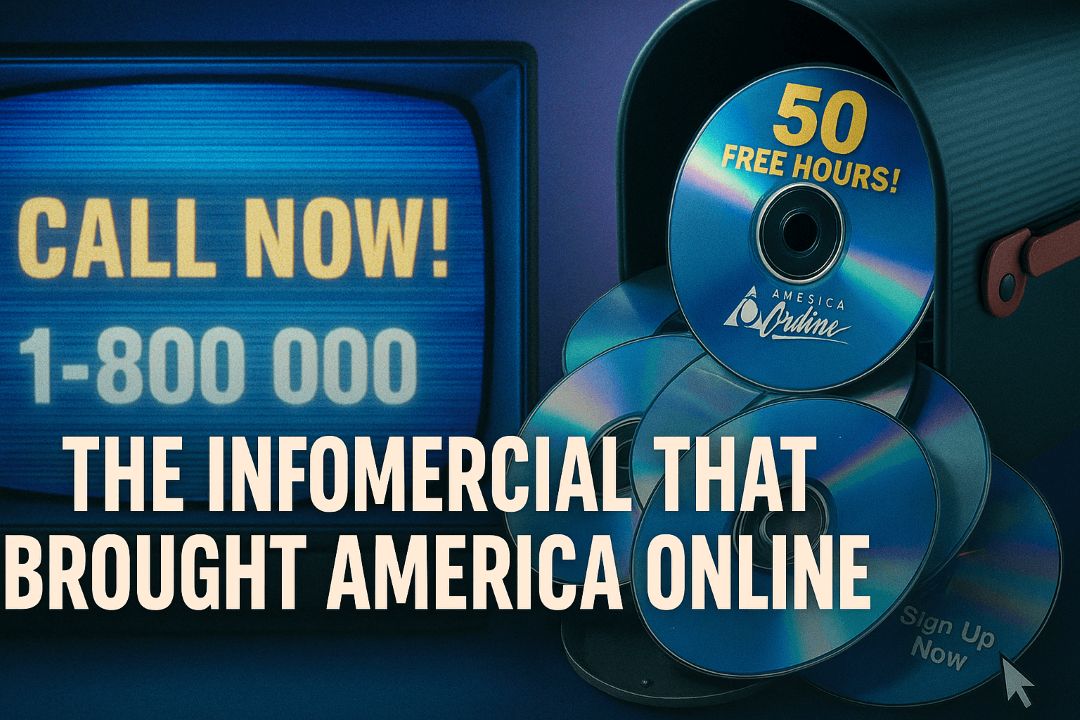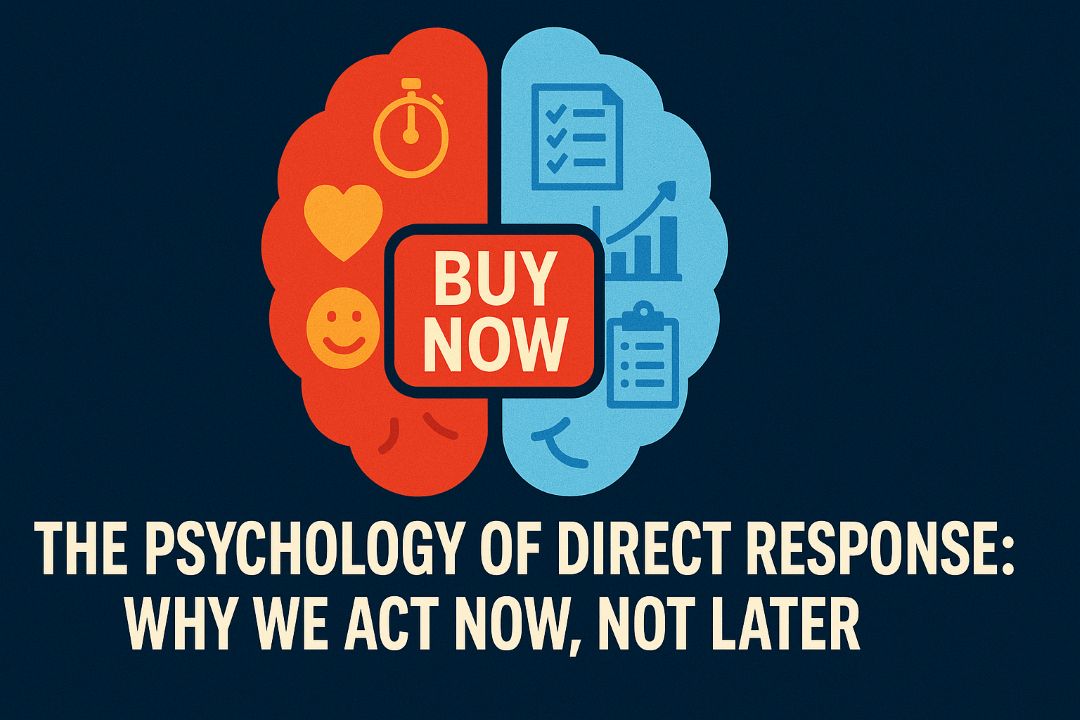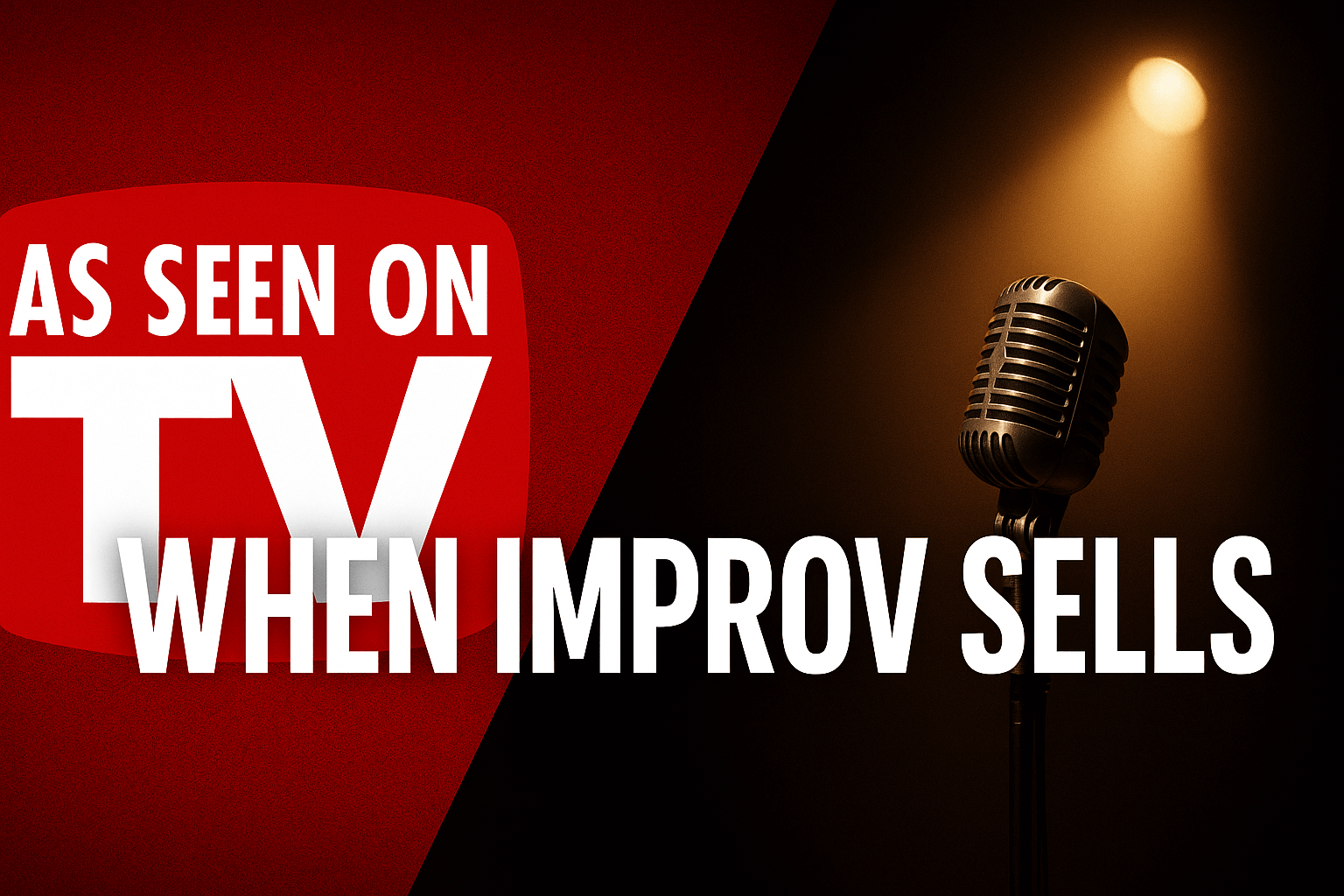How AOL’s Free Trial CDs Became the Infomercial of the Internet Age
If you lived through the 1990s, you probably remember them: shiny discs stuffed into your mailbox, wedged into magazines, and even slipped into cereal boxes. They promised “50 Free Hours!” or “Get Online Now!”—and they were everywhere. These were America Online’s legendary CDs, a marketing blitz that mirrored the strategies of Direct Response Television (DRTV) campaigns that dominated late-night cable.
While infomercials used the power of television to sell juicers, exercise equipment, and miracle mops, AOL used physical media as its “screen.” The goal was the same: drive trial, create habit, and hook the consumer.
The DRTV Connection
DRTV in the ’90s was about volume and reach. Marketers didn’t just want to sell one unit; they wanted to saturate the market and create an undeniable presence. Think Ron Popeil’s Set It and Forget It rotisserie oven or Suzanne Somers’ ThighMaster.
AOL’s CDs worked the same way. They weren’t just mailed—they were everywhere. According to estimates, AOL shipped more than 1 billion free trial discs during its campaign. Just like DRTV spots, these discs included a clear call to action:
- Install the CD.
- Get free hours of internet access.
- Subscribe when the trial runs out.
This was direct response marketing, plain and simple—only instead of a phone number at the bottom of the screen, you had a shiny silver disc on your desk.
Saturation as Strategy
Infomercials built empires by being unavoidable. Flip channels at 2 a.m., and you’d see Tony Little shouting motivation or Chuck Norris pitching the Total Gym. AOL took that saturation mindset into the physical world.
- Mailboxes: Discs sent directly to households, sometimes multiple times a year.
- Magazines: Free trials slipped into TIME, Newsweek, and even niche publications.
- Retail tie-ins: CDs packaged with software boxes, fast-food meals, or breakfast cereal.
The strategy echoed the “but wait, there’s more!” energy of infomercials. If you missed one offer, another was already on its way.
Hooking America on the Internet
Just like an infomercial gadget only needed to be tried once to become essential in the kitchen, AOL knew that once consumers tasted the thrill of chat rooms, instant messaging, and early e-commerce, they wouldn’t give it up.
The CDs were more than free trials—they were on-ramps to the digital lifestyle. By the late 1990s, AOL had over 25 million subscribers, thanks in no small part to a campaign that blanketed America more effectively than any late-night infomercial ever could.
The Legacy
Today, the AOL CD campaign is often mocked as a relic of a slower internet era. But from a marketing perspective, it was genius—an offline infomercial that sold the idea of being online. It combined the relentless repetition of DRTV with the irresistible appeal of “free.”
In fact, it may be one of the most successful direct response campaigns in history. And it proves that whether it’s a rotisserie oven on cable or a shiny disc in your mailbox, the principles of direct response marketing never change:
- Make it impossible to miss.
- Offer irresistible trial.
- Turn trial into habit.
Final Thoughts
The AOL CDs of the 1990s weren’t just clutter in your junk drawer—they were the infomercials of the early internet age. By borrowing tactics from DRTV, AOL transformed how America logged on and left an indelible mark on marketing history.











Leave a Reply